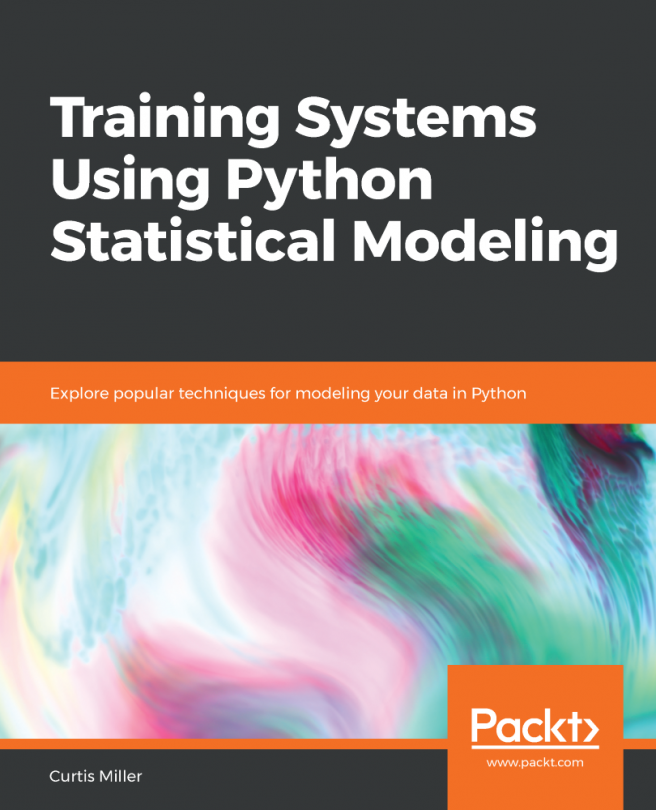We will begin our discussion of Gaussian processes by first describing a way to represent functions as probabilistic objects. We may think of a function,  , as a mapping from a set of inputs,
, as a mapping from a set of inputs,  , to a set of outputs,
, to a set of outputs,  . Thus, we can write:
. Thus, we can write:

One way to represent functions is by listing for each  value its corresponding
value its corresponding  value. In fact, you may remember this way of representing functions from elementary school:
value. In fact, you may remember this way of representing functions from elementary school:
| x | y |
|---|---|
| 0.00 | 0.46 |
| 0.33 | 2.60 |
| 0.67 | 5.90 |
| 1.00 | 7.91 |
As a general case, the values of  and
and  will live on the real line; thus, we can see a function as a (potentially) infinite and ordered list of paired (
will live on the real line; thus, we can see a function as a (potentially) infinite and ordered list of paired ( ,
,  ) values. The order is important because, if we shuffle the values, we will get different functions.
) values. The order is important because, if we shuffle the values, we will get different functions.
A function can also be represented as a (potentially) infinite array indexed by the values of  ...
...







































































